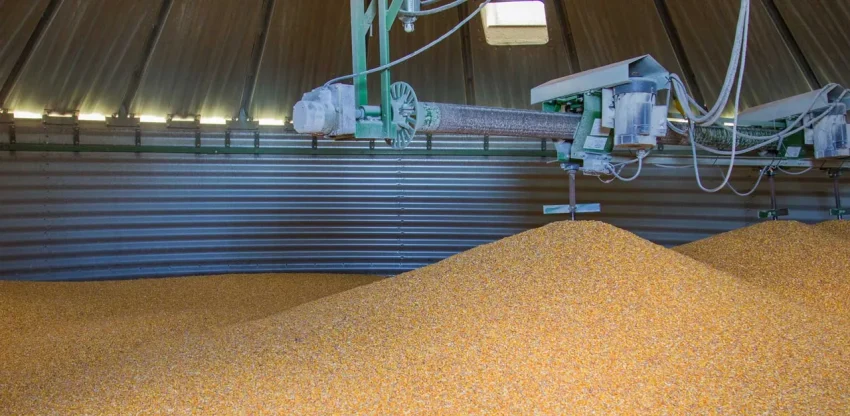In a grain elevator, it is essential to maintain proper dryness in order to preserve the quality, safety and market value of stored grain. Controlling moisture prevents spoilage, mould growth and pest infestations, ensuring the grain remains stable during long-term storage. Grain elevators https://largos-real.com/en/buyers/elevator-en/ achieve this by relying on a combination of specialised equipment and environmental control systems designed to regulate humidity, temperature and airflow:
- One of the most fundamental components is the grain drying system. Freshly harvested grain often contains excess moisture before entering storage silos, particularly in regions with humid climates or after rainy harvesting periods. Grain dryers – either continuous-flow or batch-type – use heated air to reduce the moisture content to an optimal level, typically between 12% and 14% depending on the crop. These dryers are equipped with temperature and moisture sensors to prevent overheating and ensure the grain retains its nutritional value and germination ability.
- Inside the storage facilities, aeration systems play a critical role in maintaining dryness and preventing moisture accumulation. Fans installed at the base of silos push controlled volumes of air through perforated floors or ducts, evenly distributing it throughout the grain mass. This process stabilises both temperature and humidity, reducing condensation that can lead to spoilage. Modern elevators use automated aeration control systems that adjust fan operation according to external weather conditions and real-time data from in-grain sensors.
- Ventilation systems complement aeration by removing moist, warm air from the silo’s upper space. Proper roof ventilation prevents condensation from forming on the upper layers of grain, which are particularly susceptible to mould. Some advanced facilities integrate dehumidifiers and air exchangers to help regulate ambient humidity, which is especially important in enclosed elevator buildings.
- Temperature monitoring systems are also essential for maintaining dry conditions. Grains generate heat through respiration and, if this heat is not dissipated, it can cause localised moisture pockets. Networks of temperature cables or probes, installed throughout the silos, continuously monitor internal conditions, enabling operators to identify and address problem areas before spoilage occurs.
- Grain elevators complement these systems with automatic control units and data management software. These systems analyse real-time information on moisture and temperature, activating fans or dryers only when necessary to optimise energy use while maintaining ideal storage conditions.
- Additionally, properly sealing and insulating silos helps to protect grain from external moisture sources, such as rain or snow. Waterproof coatings, tight-fitting hatches and sealed seams prevent leaks, while insulated walls reduce temperature fluctuations.
In essence, grain elevators maintain dryness through a carefully coordinated network of drying, aeration, ventilation and monitoring systems, ensuring that grain remains stable, safe and market-ready throughout storage and handling operations.

